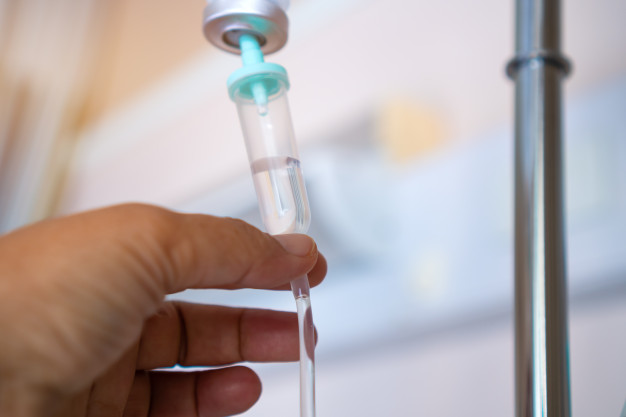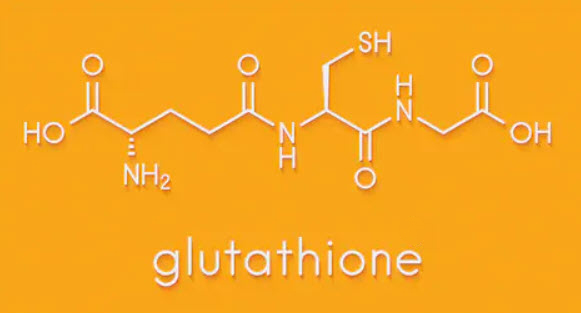Posted By:
Steve Parcell
Category:
Chronic Fatigue
The Epstein-Barr virus causes a very common infection known as mononucleosis. Symptoms of mono include extreme fatigue, sore throat, fever, swollen lymph nodes, swollen tonsils, headache, rash, and sometimes a swollen spleen. However, some individuals develop a chronic reactivated Epstein-Barr (EBV) problem. [1],[2] I have noticed this is common in people with chronic fatigue and have seen it quite a bit in competitive athletes. Detecting Reactivated Epstein-Barr In a study [3] on elite athletes with persistent fatigue, 27% were found to have chronic viral infections. Viral illness as a cause of long-term fatigue often goes undetected unless specific blood work is requested. In this study, eight of 37 athletes tested (22%) were actively secreting EBV into their saliva at the time of testing. The detection of EBV shedding suggests immune dysregulation and may contribute to the symptoms experienced by these athletes. EBV reactivation has recently been established in swimmers engaged in intensive training and is thought to result from exercise induced alterations in the immune mechanisms responsible for controlling viral reactivation. Evidence of infection was also found for cytomegalovirus (five cases), EBV (three cases), Ross River virus (one case), toxoplasmosis (one case), and mycoplasma (one case). Eight of the 37...





